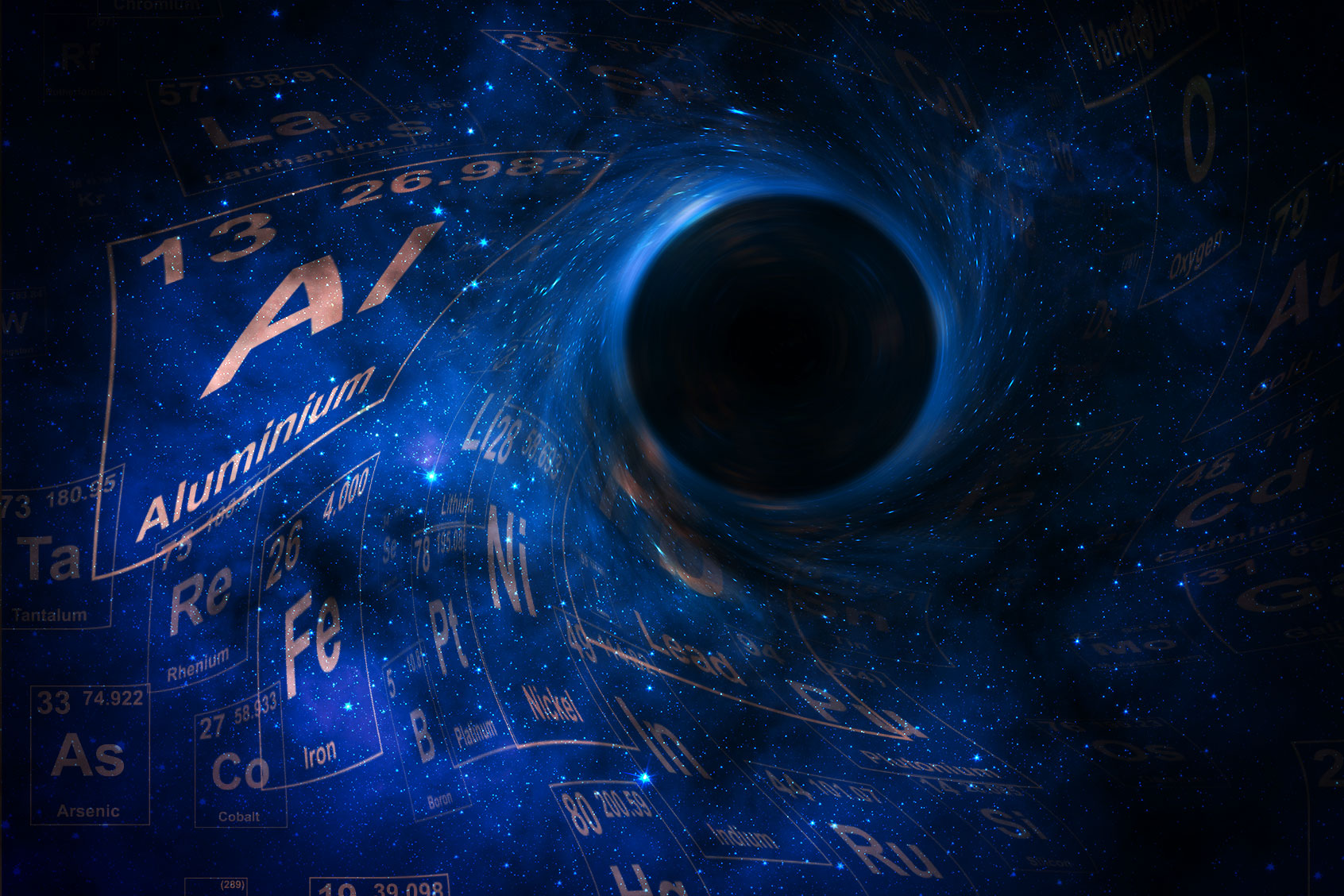The world of scientific research was a bonanza for brain-bending discoveries in 2023, with experts from the fields of astronomy, cosmology, neuroscience and chemical engineering left us questioning the very nature of our reality with eye-popping new data.
The outer worlds of our so-called reality were especially shaken as the James Webb Space Telescope brought us closer to proof of an unseen universe, a mysterious hum was discovered pervading the galaxy and a groundbreaking journalistic investigation revealed the possibility of aircrafts designed by non-human intelligence.
We need your help to stay independent
Meanwhile, psychonautically-minded research into the inner worlds of human consciousness produced some spectacular and stunning clinical results. Seemingly rational and sober-minded people everywhere where left asking themselves whether the late comedian Bill Hicks might have been right all along.
“Today, a young man on acid realized that all matter is merely energy condensed to a slow vibration, that we are all one consciousness experiencing itself subjectively, there is no such thing as death, life is only a dream — and we are the imagination of ourselves,” goes the famous Hicks bit. “Here’s Tom with the weather.”
2024 may yet bring us another wave of galaxy-brained, paradigm-shifting discoveries. But among the mind-blowers of 2023, these were the ones that just hit… different.
Houston, we have an anomaly
 The Pentagon (Getty Images/Kiyoshi Tanno)Image_placeholder
The Pentagon (Getty Images/Kiyoshi Tanno)Image_placeholderYou know that part in war movies where a grenade explodes near a soldier — and suddenly the movie’s sound director mutes everything except for a faint concussive ringing, while the whole battlefield scene becomes five seconds of fuzzy chaos?
Yeah. That’s what it felt like covering science this year when a Pentagon whistleblower testified before Congress that the US military was not only in possession of unidentified aerial phenomena evidence — but that it has a UFO crash-retrieval program which caused a former Defense Department inspector general to ring the alarm, and that it has collected biological evidence of non-human intelligence.
"We are not talking about prosaic origins or identities," whistleblower David Grusch told the Debrief in its eye-bulging summer report. "The material includes intact and partially intact vehicles."
Even though NASA and other agencies had already ramped up documentation efforts on flying anomalies with an eye toward international politics and domestic airspace safety, 2023 truly became the year of alien-chasing when military members with seemingly sterling credentials stepped forward to talk about their encounters with tech that no one can so far explain — and a punitive culture of coverup they say kept them silent until now.
Time is a flat circle… or maybe it's a Bill Murray movie.
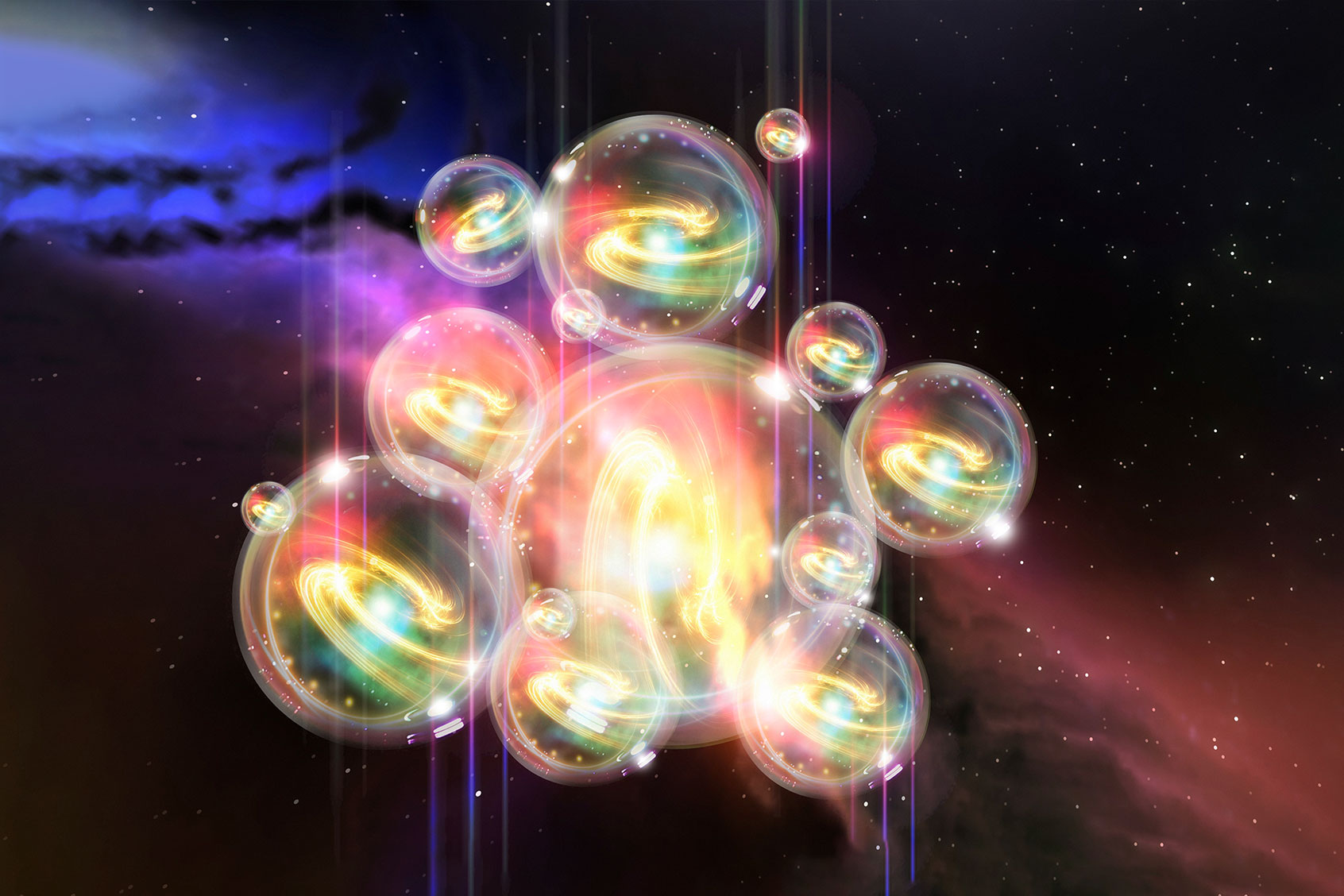 Multiverse, concept (Getty Images/VICTOR HABBICK VISIONS/SCIENCE PHOTO LIBRARY)
Multiverse, concept (Getty Images/VICTOR HABBICK VISIONS/SCIENCE PHOTO LIBRARY)We can hear ripples in the fabric of space
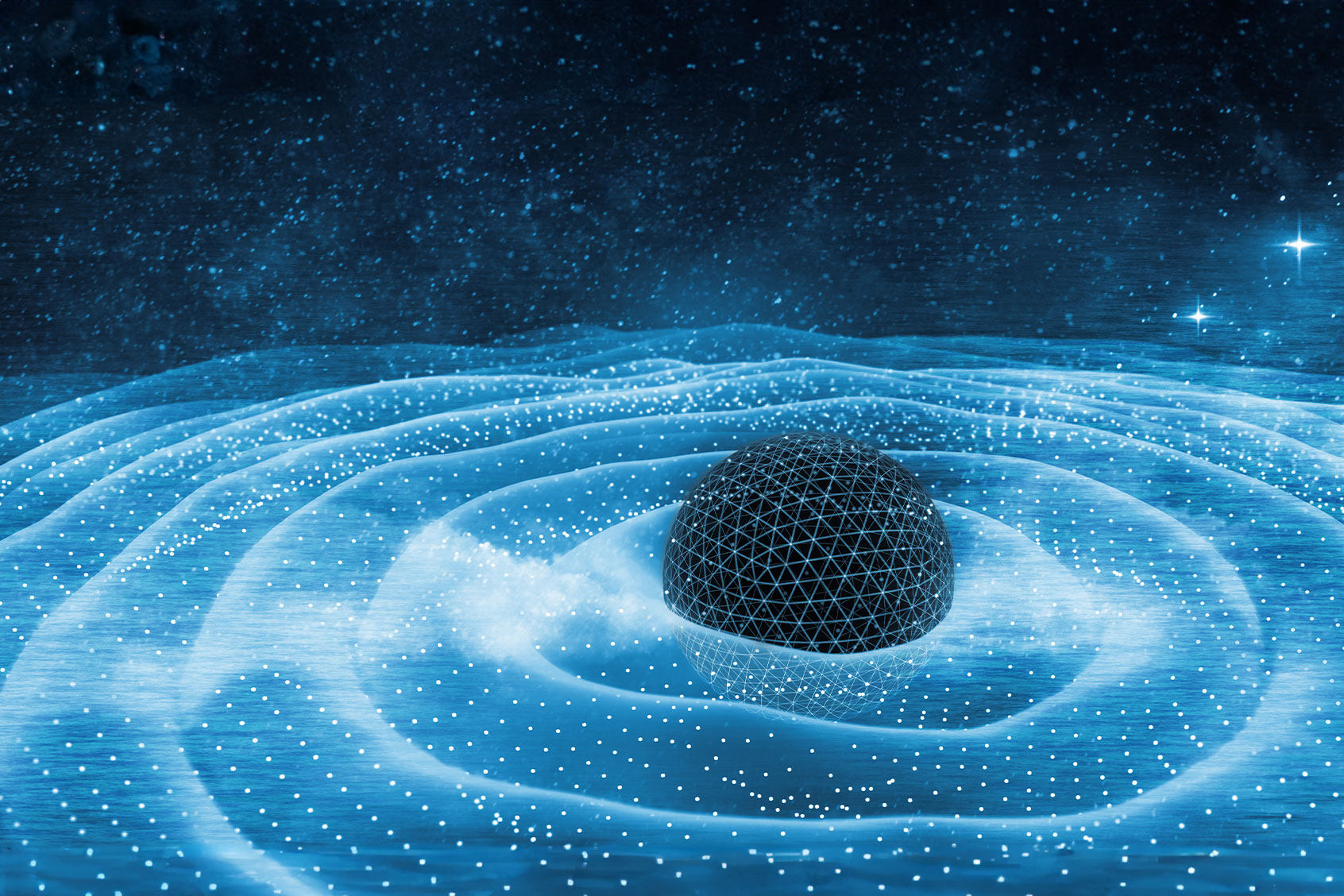 Gravitation waves, 3D illustration (Getty Images/andreusK)Image_placeholder
Gravitation waves, 3D illustration (Getty Images/andreusK)Image_placeholderThe dark stars of the unseen world peek from behind the curtain
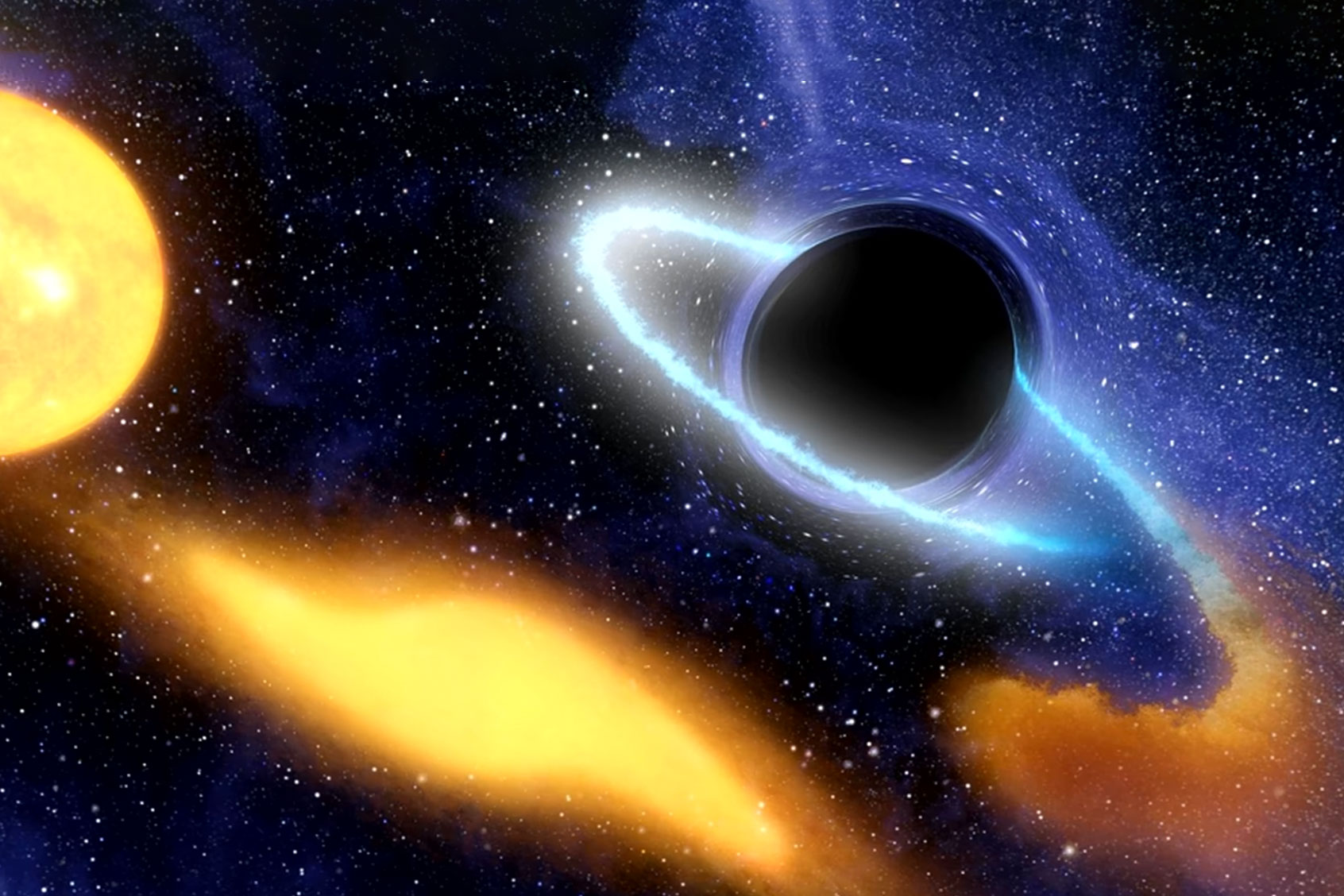 An illustration of a supermassive black hole at the center of a galaxy. (NASA/JPL-Caltech)Image_placeholder
An illustration of a supermassive black hole at the center of a galaxy. (NASA/JPL-Caltech)Image_placeholderYou’d be forgiven for thinking their name sounds like a psychedelic metal album, but the cosmological truth behind so-called “dark stars” is way more brain-warping than anything the Ozzman ever pumped through an amp. In fact, the James Webb Space Telescope should be crowned the new Prince of Darkness this year after scientists used its incredibly fine-tuned instruments to fetch potentially groundbreaking evidence of three dark stars.
Scientists have been theorizing about dark stars since 2007, explains Salon's Matthew Rozsa, but this year’s research “is some of the strongest evidence for dark stars to date.”
Rozsa sifts through decades of theory with the research authors and physics professors who have been grappling for proof of the unseen universe since dark stars were first proposed, and delivers a series of “whoa” moments in this down-to-earth explainer.
Maybe the real neuro-chemical energy was the vibes we made along the way
 Abstract world inside your mind, illustration (Getty Images/Benjavisa)Image_placeholder
Abstract world inside your mind, illustration (Getty Images/Benjavisa)Image_placeholderIt’s easy to get lost in the muddied waters of pseudoscience when we start talking about a person’s “energy field” — and pop-culture science figures have spent a good deal of airtime these past few decades, debunking wishy-washy New Age claims about vibes and the power of positive thinking. That’s why it was an absolute slap in the cerebellum to find out that those who are simply vibing were right all along.
"This is not metaphysical," neuropsychologist Dr. Julia DiGangi told Salon. "This is not metaphorical. It's actual neural chemical energy."
The mind is the lens through which we perceive all reality and if there's a real impact on that perception based on quantifiable emotional energy then — oof — color us shook. Indeed, there is a science to the evolution of emotions, as Salon's Mary Elizabeth Williams explains in this fascinating conversation with DiGangi — and understanding that science can actually help relieve emotional dysfunction.
Or am I just tripping?
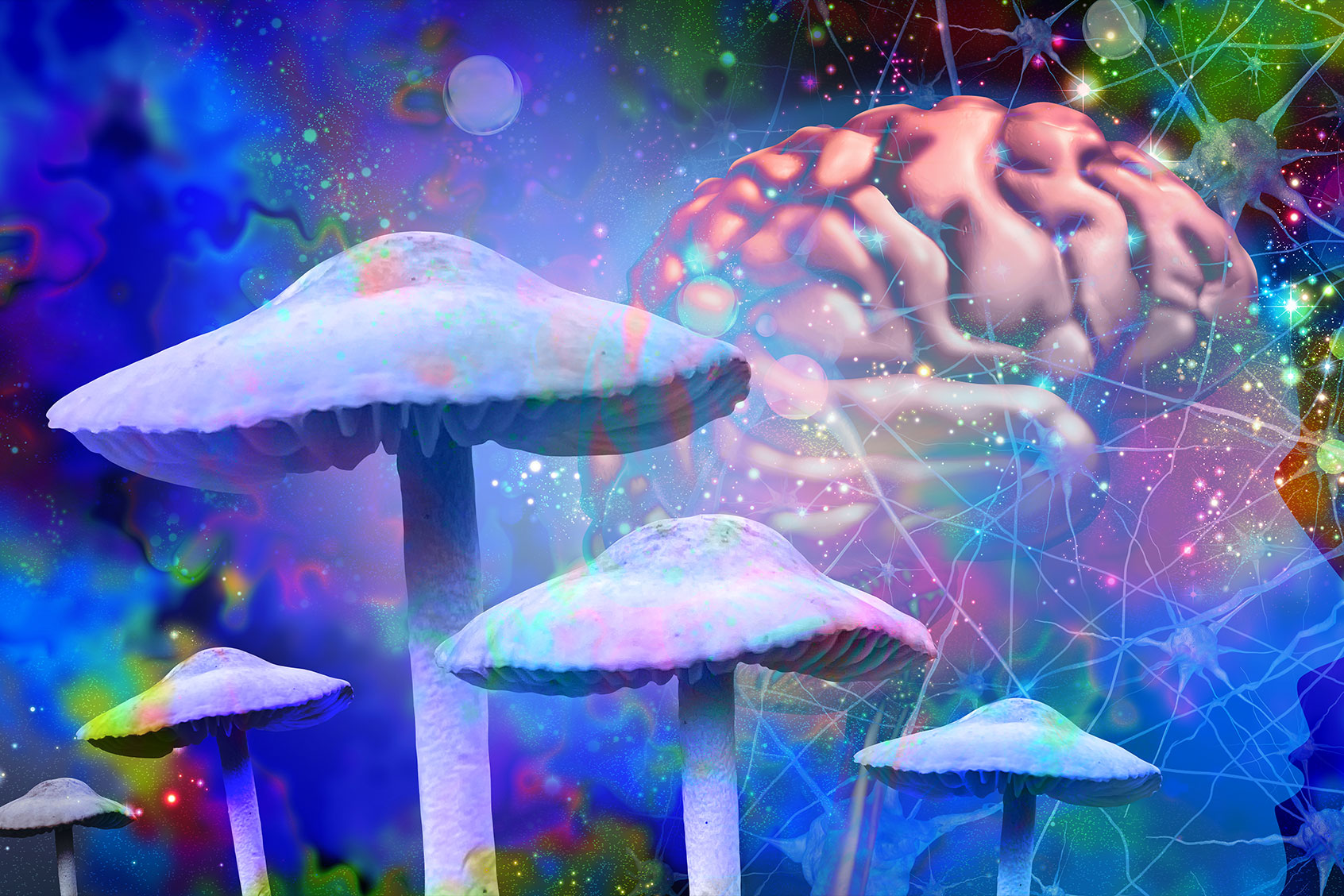 Mushrooms And Mental Health (Getty Images/wildpixel)Image_placeholder
Mushrooms And Mental Health (Getty Images/wildpixel)Image_placeholderAwash in the still-unclear science of popular antidepressant medication — and confronting recent evidence that the link between serotonin and depression may be completely misunderstood — a growing number of researchers are examining what could be a new tool in mental health treatment. Neuroscientists continue to shake up the field when they found that psychedelics could help alleviate depression in some tests and even promote faster regrowth of neuronal connections in the prefrontal cortex.
Salon's Troy Farah stakes out new ground in this emergent pharma-science and talks to researchers who are unraveling our brains’ mysterious natural talent for creating psychedelic compounds, including the psychedelics DMT and bufotenine, as well as mebufotenin (5-MeO-DMT), a powerful psychedelic also found in toad venom.
Come for an unflinching challenge to the assumptions of modern depression treatment. Stay for the perfect synopsis of psychedelics’ synaptic benefits — along with a spate of bangers like “our brains are essentially fat, watery bags of neurons that are tangled together like a dense thicket of thorny weeds.”
Evolution favors passing on our stories — not just our genes
 Macro image of a houseleek (Getty Images / © Jackie Bale)laceholder
Macro image of a houseleek (Getty Images / © Jackie Bale)laceholderIs it poetry, or is it a breathtaking research paper that forces us to see the inherent connectedness of all matter and thoughtforms? This year, researchers took a second look at Darwinian selection and proposed a bold new idea about how *gestures around* all this evolves, calling it the “law of increasing functional information.” In short, a complex and evolving system — whether that’s a flock of gold finches or a nebula or the English language — will produce ever more diverse and intricately detailed states and configurations of itself, with the aim of passing on information about itself (not just genes).
“It really represents a connection between science and the philosophy of science that perhaps offers a new lens into why we see everything that we see in the universe,” lead scientist Michael Wong said at the time.
The most mind-blowing aspect of the scientific proposal is how closely it hews to a great body of literature and poetry through history. It’s almost as if the humanities were onto something all along.
Swirling brain waves could unlock the deeper mystery of consciousness
 Geometry of the Mind (Getty Images/agsandrew)Image_placeholder
Geometry of the Mind (Getty Images/agsandrew)Image_placeholder
When fluid physicists study wave patterns in turbulent flows, it can help them create more efficient piping systems. When neuroscientists copy those methods, they discover a massive trove of spiraling brain waves — called “spindles” — emerging as signals from billions of microscopic neurons and coordinating the flow of activity between different parts of your brain.
“In our research we observed that these interacting brain spirals allow for flexible reconfiguration of brain activity during various tasks involving natural language processing and working memory, which they achieve by changing their rotational directions," researchers said.
By scanning the brains of 100 young adults and contributing to the massive, open-science Human Connectome Project, the scientists were able to open new fronts in neuroplasticity research — while pushing the needle on large-scale neuroscientific approaches.
Read more
of Salon's best 2023 writing on the shifting nature of reality
